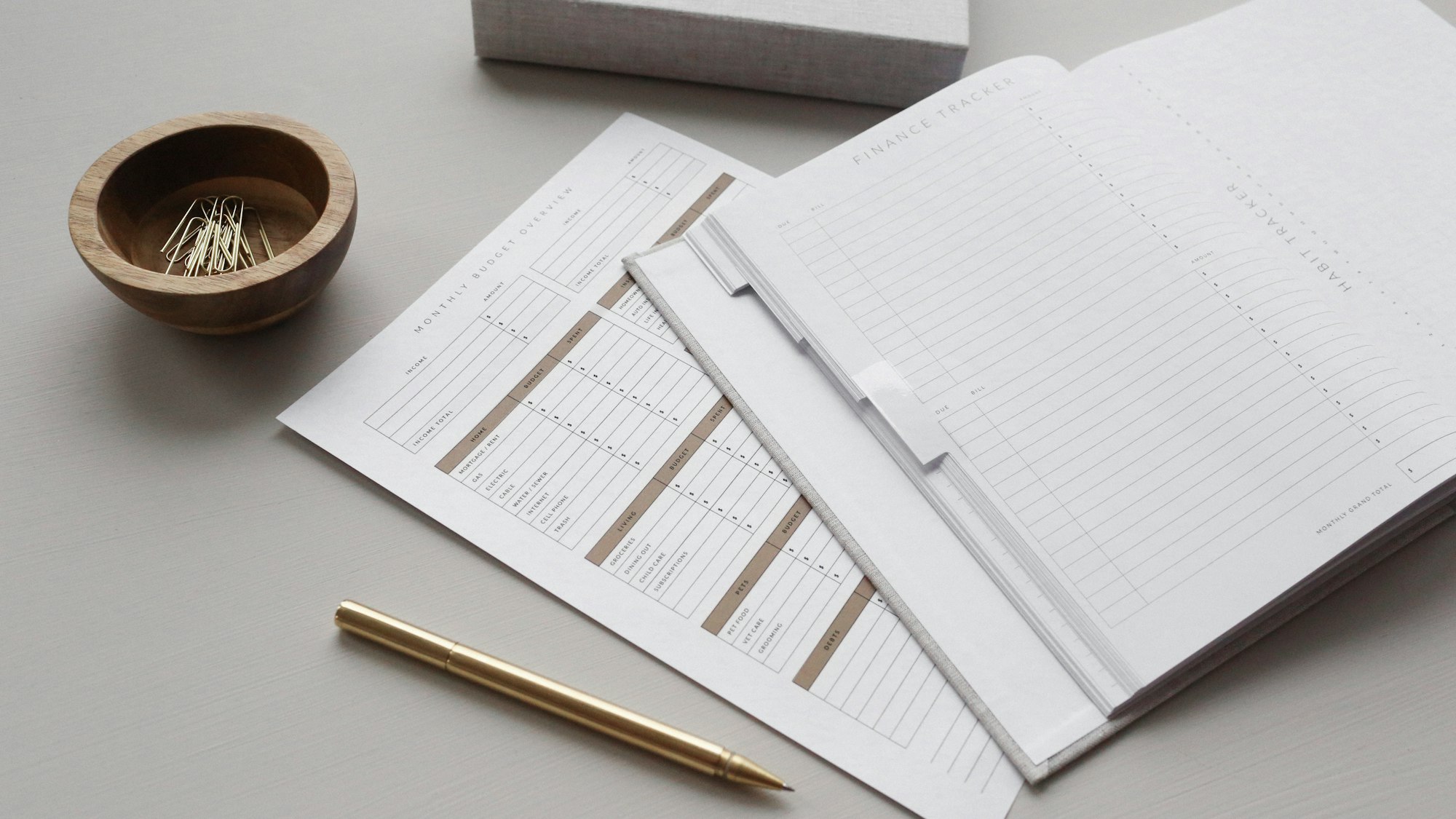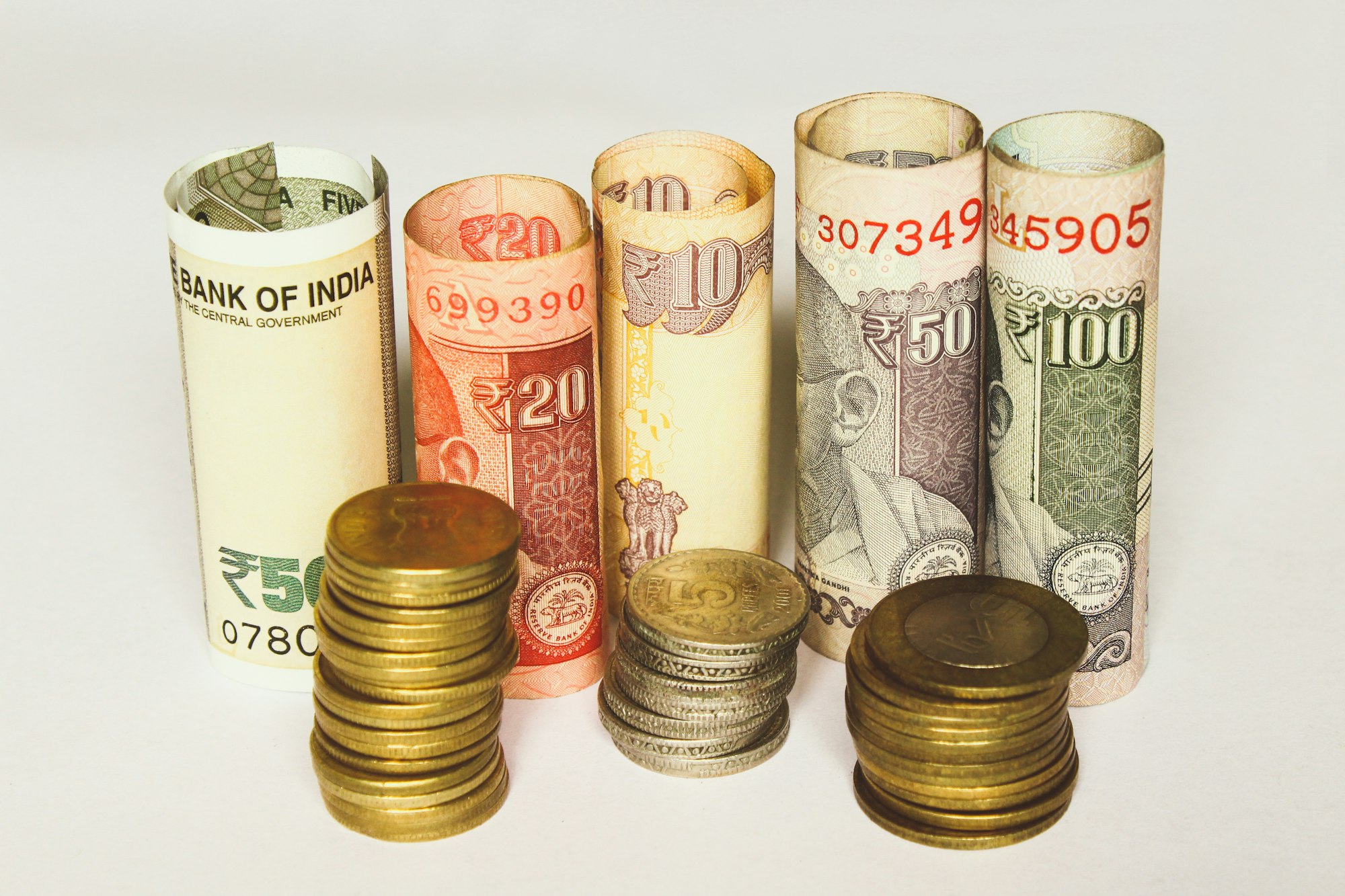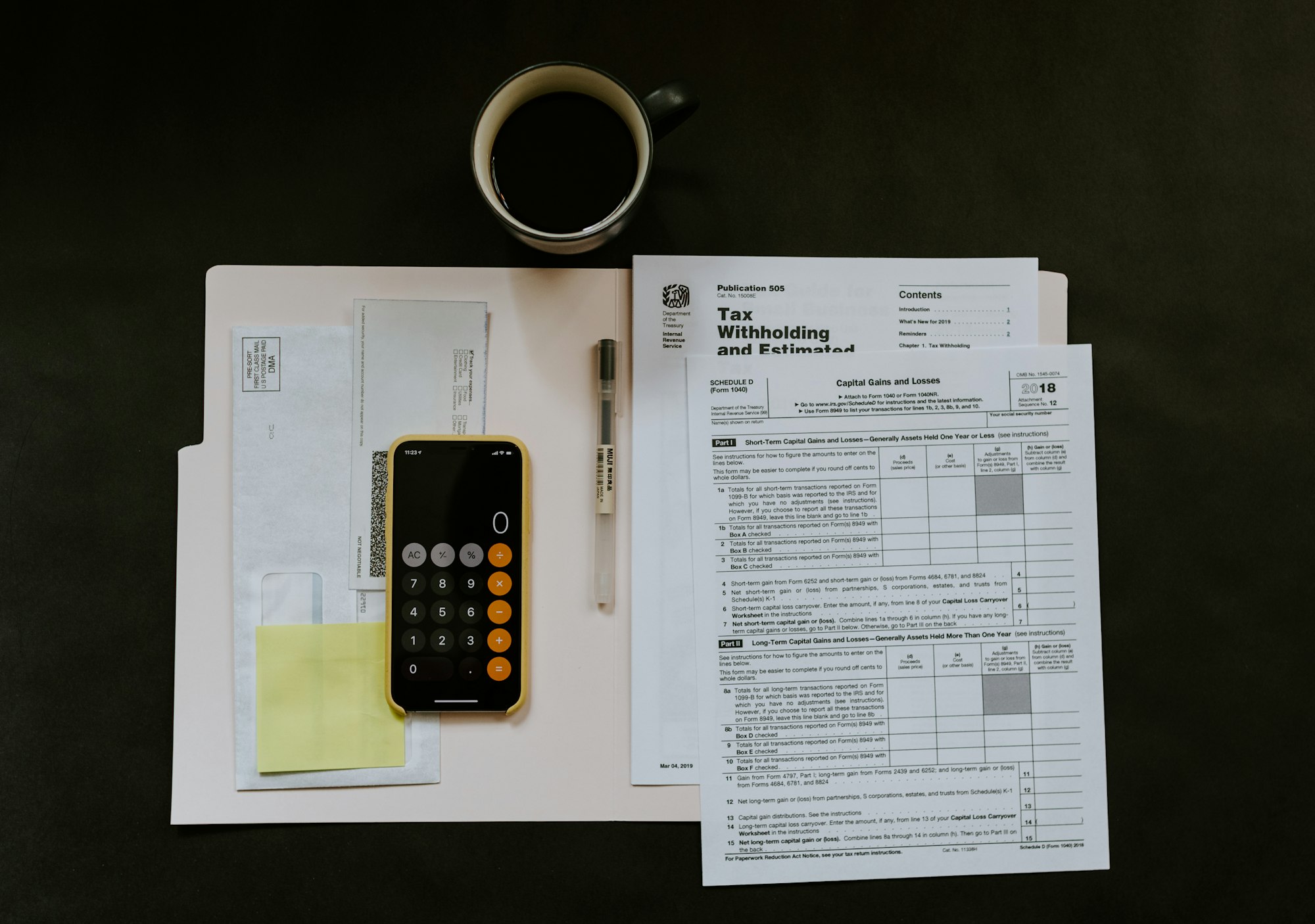How To Start Creating a Budget From Scratch - A Beginner's Guide
Learning to make a budget is the first step in any financial journey. Whether we like it or not, we are all part of a complex economic system. We live in it and interact with it every single day of our lives. In such an environment, if one wants to grow, it is crucial to understand how this system works and what are the best tools that one can use to navigate this system smoothly. One such tool is a budget planner.
But what is a budget? How do we create a budget? In this blog, we are going to cover these questions. Consider it a beginner's guide on how to start creating a budget from scratch.
There are a lot of budgeting tools and budget planners available on the internet. Some of these are complicated and could make budgeting seem difficult, but if one understands what a budget is and the essential components that a reasonable budget should cover, a pen and paper are all you would need to create an easy budget that works well.
So let us get right into it.
What is a Budget?

A budget is a plan that you make for yourself regarding your spending habits. There can be many types of budgets, depending on your purpose behind creating one. You could make a monthly budget, weekly budget, or even a daily budget.
Budgets are not only limited to your day to day expenses. You could even make a wedding budget if you wish to plan your wedding expenses or an office event budget to figure out how much you would want to spend on various things like food, decoration, etc. If you have any occasion or period in which you have to pay a limited amount of money on multiple items and wish to plan how much to spend on what, you need a budget.
What Does a Budget Look Like?

There is no such fixed format for a budget. Since a budget is a plan that you make for yourself, you can choose the format that works best for you. Some people like to make a budget calendar. Some signup on a budget Bootcamp. Some take the old school way and use a pen and paper.
Let us look at some key components that every budget should have.
- First of all, you need to understand your monthly income or the amount of money you can afford to spend over any given period.
- Then it would be best if you tried to estimate the major categories in which you can divide these expenses.
- Once you have done that, it is now time to trim your expenses and make sure they are in sync with your financial goals. This is how you create a budget.
- Once you have this plan ready, it is all about reviewing and adjusting based on your needs until you finally find a plan that works best for your lifestyle while still helping you achieve your financial goals.
So let us look at each of these components in detail and understand some essential budgeting tips and hacks that you can use along the way.
1. Understand Your Income

The first step for creating a budget is understanding your monthly income. This section could be easy for a salaried employee who is aware of his/her after-tax income, but for someone who runs a business or is a professional service provider, this could get tricky.
If your business is seasonal, you could look at your average yearly income and divide that by 12 if you are someone who has multiple sources of income like rent, dividends, etc. You will have to take those into account as well. Once you have a clear idea about your monthly income, the first step before making a budget should be to save some of your income immediately.
It is always a good idea to spend what you have left after saving rather than saving what you have left.
Some people like to follow the 50/30/20 rule here, which requires you to save at least 20% of your monthly income. However, if your lifestyle allows you to save more than that, then it is even better.
2. Write Down Your Fixed Expenses
Once you have a clear understanding of your after savings income, it is now time to understand your expenses better. Remember, you cannot manage what you cannot measure. It would help if you first began with your fixed expenses.
These would include things like rent, electricity, phone bills, etc. Some of these might not be set, but it is okay to plan with a fair estimate. This section would also include expenses like a Netflix subscription or any gym subscription if you renew them regularly. Even if you took a year-long subscription and paid it in one go, it would be a good idea to divide it by twelve and mention it in monthly expenses.
The whole idea behind creating a budget is to understand better where your money is going so that you can channel it consciously as per your needs. By the end of the exercise, you will be surprised to find out that most of our expenses are impulsive rather than well-thought choices.
3. Write Down Your Variable Expenses

Now, to complete the picture on our equation's expense side, we will note down all our variable expenses. This section would include things like food, outings, shopping, etc. It could be a little to figure out all your variable expenses for a monthly period since not all of these expenses occur equally each month.
An excellent budgeting hack to solve this could be to look up your previous 3 or 6 months bank account statement and start taking notes. This should give you a fair idea of the broader categories that you spend on and how much you spend on them.
The objective here should be to cover as many things as possible and understand your spending habits better. It is perfectly okay to miss out on some stuff. However, the better we realize our practices, the more we can work on improving them.
4. Plan Your Expenses

Once we are clear on the amount of money we can afford to spend each month and have a clear picture of where we have been spending our money in the last few months, it is finally time to start creating a budget. Before you begin, remember that it is unnecessary to use up all the money you can afford each month. If it is possible to save more even after fulfilling all expenses necessary for our lifestyle needs, then it is a good thing.
- Now let us begin by first noting down our essential expenses. Here we would mention all the things that we need like rent, electricity, phone bills, etc. Now we will begin to estimate how much we are willing to spend on each of these. Some sections like rent would have to stay the same at least at the moment when you first start creating a budget, but as we said before, the whole point of this exercise is to understand your expenses and make adjustments to meet your financial goals.
- Once you get to sections like food, shopping for essential utilities, it could be an excellent exercise to make sure you separate what you spend on meals and necessary utilities from your impulsive food cravings and makeup utilities. We would ideally like to want to put them in the wants section.
- Once you have completed the area of your need by assigning a rough estimate to each of the broader categories, it is now time to get to wants. This section would include your Netflix subscription, the money you spend on outings, or other avoidable expenses.
Now before you get confused, budgeting is not about being menial.
The idea here is not to spend on things you want but to better understand where you are spending and if you're going to spend your money there. It is perfectly okay if you have ten different online movie subscriptions as long as you know it and have thought it through.
Once we understand that it's time to start assigning estimates to the amount of money we can afford and want to spend on each category in our wants section.
People following the 50/30/20 rule generally budget 50% of their income for needs and 30% for wishes, but there is no hard and fast rule. If you want to save 30 and want to keep 50 and 20 for needs and wants, it is your choice. We would have the only strong recommendation to save at least 20% of your income each month.
Once you have allocated specific amounts that you are willing to spend on all your different want categories, all you need to do is compile everything you have prepared.
Your final compiled budget should include the amount you are willing to spend each month and a clear description of how much you wish to spend on all different categories from the want and the needs section.
5. Review Your Plan

A lot of people get disheartened when they find it challenging to stay within their budgets. Spending more than what you decided to is perfectly okay, and it should not discourage you from further making or trying to follow a budget.
As we have noted repeatedly and again, creating and following a budget is a self-learning process. It is not vital to make the perfect budget in the first attempt. What is more important is getting started and taking control of our spending habits.
Reviewing our budget weekly and understanding where we went wrong in our estimations is just as important as making the budget itself.
Suppose you find yourself overspending in any of the categories. In that case, it is probably time to ask yourself whether it was because you underestimated your needs in that particular category or because you could not keep your expenses in check.
There is no right answer to this question, and it is you who has to make this decision to achieve your financial goals better. It is better not to be too harsh on oneself and work on your habits slowly and steadily.
People always overestimate what they can achieve quickly but underestimate what they can achieve in a long time.
Constant reviewing and daily progress is the key to improving. You might also find yourself spending less than you thought you would in specific categories. This is also a chance to ask yourself if you could save more from the next month.
- Stick To Your Budget
The final step towards completing your journey of creating a budget is sticking to it. There are a lot of budgeting tips that can help you achieve this milestone. You could follow the envelope system in which, at the start of the month, you make different envelopes for different categories and put the allotted money into the respective envelopes. This technique has worked for a lot of people.
You could also use an expense tracking app to keep a check on your spending habits from the very beginning of the month to make sure you have enough cash left by the end of the month.
You could also create a budget calendar where you enter all the expenses you make in a day or even mark individual costs that will have to make at a particular future date to make sure you have saved enough cash for it.
In conclusion, it's of utmost priority to always remember that a budget is a tool to help you better understand and achieve your financial goals. What is most important is to understand one's purpose behind creating the budget because that is where you will find the motivation to develop a budget and stick to it.
Source: https://wizely.in/wizeup/how-to-make-monthly-budget-from-scratch

Comments
Post a Comment